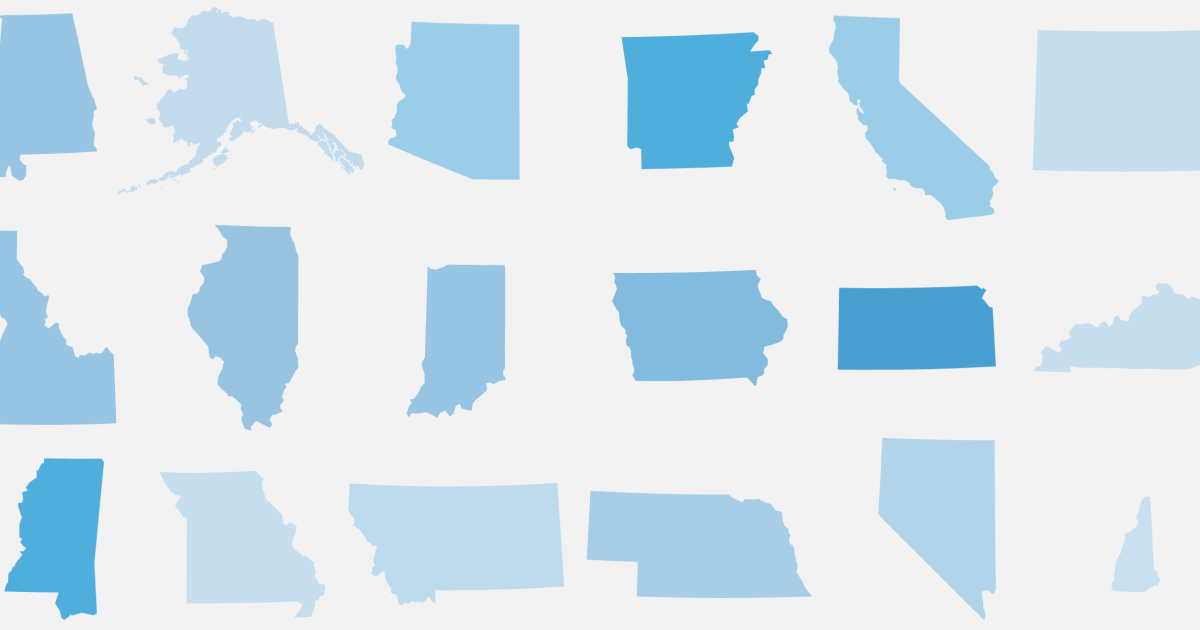Claims of liberal bias
According to a study by Lars Willnat and David H. Weaver, professors of journalism at
Indiana University, conducted via online interviews with 1,080 reporters between August and December 2013, 28.1% of journalists in the United States identify as Democrats and 7.1% as Republicans, whereas 50.2% identify as independents.
[81][82][83] Additionally, a 2018
Arizona State University and
Texas A&M University study of 462 financial journalists found thirteen times more financial journalists identified as "liberal" as opposed to "conservative". The study found 58.47% of financial journalists surveyed identified as "liberal" while only 4.4% identified as "conservative".
[84]
An October 2017
Pew Research report found that 62% of stories involving Republican President
Donald Trump during his first 60 days in office had a negative assessment, compared to only 5% of stories with a positive assessment. By comparison, the study found Democratic President
Barack Obama received far more favorable coverage in his first 60 days in office. 42% of stories involving President Obama during this time period were identified as positive, while only 20% were identified as negative.
[85][86] A May 2017 study from
Harvard University's
Kennedy School’s
Shorenstein Center on Media, Politics and Public Policy of President Trump's first 100 days in office also identified a similar negative tone in coverage. The study found that 93% of
CNN &
NBC coverage of President Trump during this time period was negative. Additionally, the survey also found 91% of
CBS coverage was negative and that 87%
New York Times coverage was negative during President Trump's first 100 days.
[87]
An October 2018
Rasmussen Reports poll of 1,000 likely voters found 45% of Americans believed when most reporters write about a congressional race, they are trying to help the Democratic candidate. Alternatively, only 11% believed reporters aimed to help Republican candidates.
[88]
A 2020 study in
Science Advances found no evidence of a liberal media bias in which stories journalists chose to cover in their reporting.
[89]
Claims of conservative bias
Perceived liberal bias was cited by
Roger Ailes as a reason for setting up
Fox News.
[90] From the late 20th Century, a right wing media ecosystem grew up in parallel to mainstream journalism, leading to an asymmetric polarization in conservative media.
[91] While
The Wall Street Journal always leaned toward conservative views supporting a natural hierarchy of wealth, it is nonetheless part of the journalistic mainstream, committed primarily to factual reporting.
[92] New right-leaning media outlets, including
Breitbart News,
NewsMax, and
WorldNetDaily have instead a core mission to promote a conservative or right-wing agenda, often (unlike
The Wall Street Journal and other mainstream conservative journals), supporting a natural hierarchy based on race, religion, nationality, or gender.
[92][93][94][95][96][97] Analysis of social media shares in the 2016 election cycle shows that consumers of conservative media are much less likely than consumers of partisan liberal media to share mainstream sources,
[91] leading to an
echo chamber effect with high
insularity and drifting towards extremes.
[92] Where mainstream and left-leaning media imposes reputational costs on those who propagate rumor, and coalescences around corrected narratives, the conservative media ecosystem creates
positive feedbacks for bias-confirming statements as a central feature of its normal operation.
[92]
Research finds that Fox News increases Republican vote shares and makes Republican politicians more partisan.
[98][99][100][101] A 2007 study, using the introduction of Fox News into local markets (1996–2000) as an instrumental variable, found that in the 2000 presidential election "Republicans gained 0.4 to 0.7 percentage points in the towns that broadcast Fox News", suggesting "Fox News convinced 3 to 28 percent of its viewers to vote Republican, depending on the audience measure".
[98] These results were confirmed by a 2015 study.
[101] A 2014 study, using the same instrumental variable, found congressional "representatives become less supportive of President Clinton in districts where Fox News begins broadcasting than similar representatives in similar districts where Fox News was not broadcast."
[100] A 2017 study, using channel positions as an instrumental variable, found "Fox News increases Republican vote shares by 0.3 points among viewers induced into watching 2.5 additional minutes per week by variation in position."
[99] Another 2014 paper found Fox News viewing increased Republican vote shares among voters who identified as Republican or independent.
[102]






